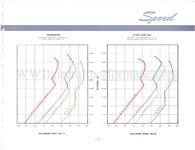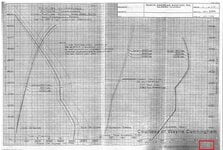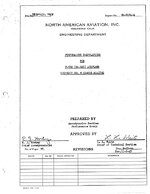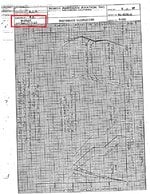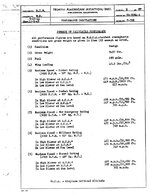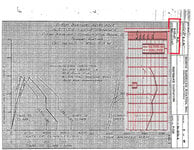Thumpalumpacus
Lieutenant Colonel
My omission, apologies one and all
Your point remains, that the Sea Fury was definitely in the same league. Noted above, with these two planes I think it really comes down to the pilot. The only clear advantage the Bearcat has is range, which can be useful (longer combat time? more operational flexibility) but not necessarily decisive in terms of tactical one-on-one.

